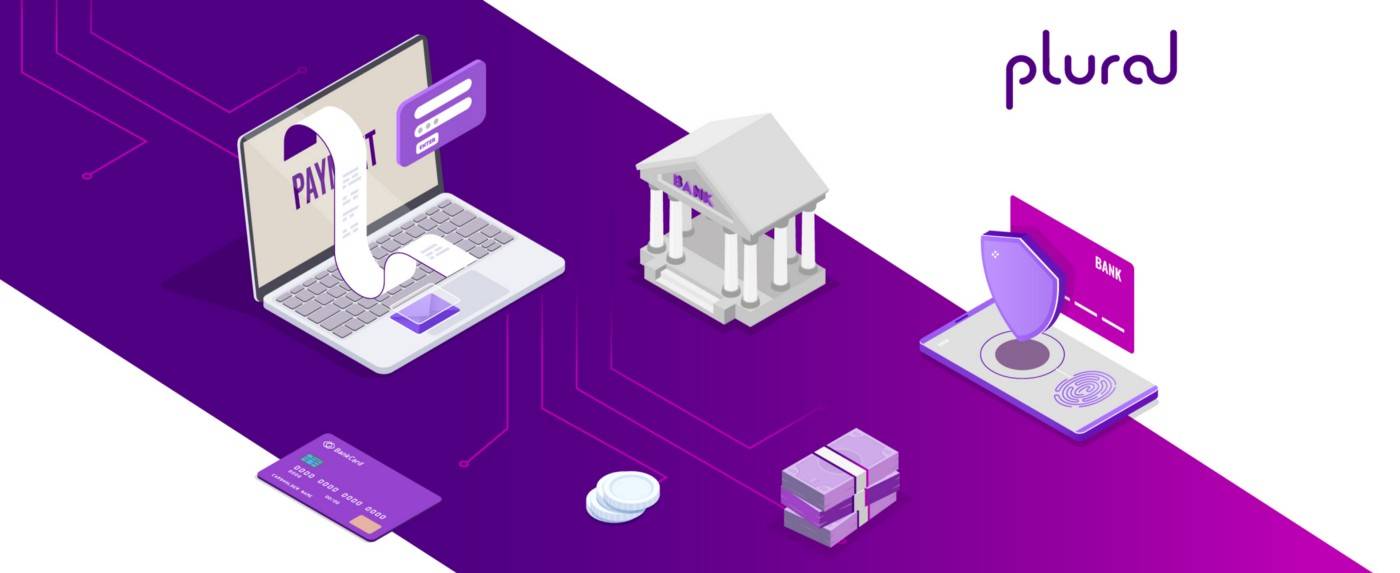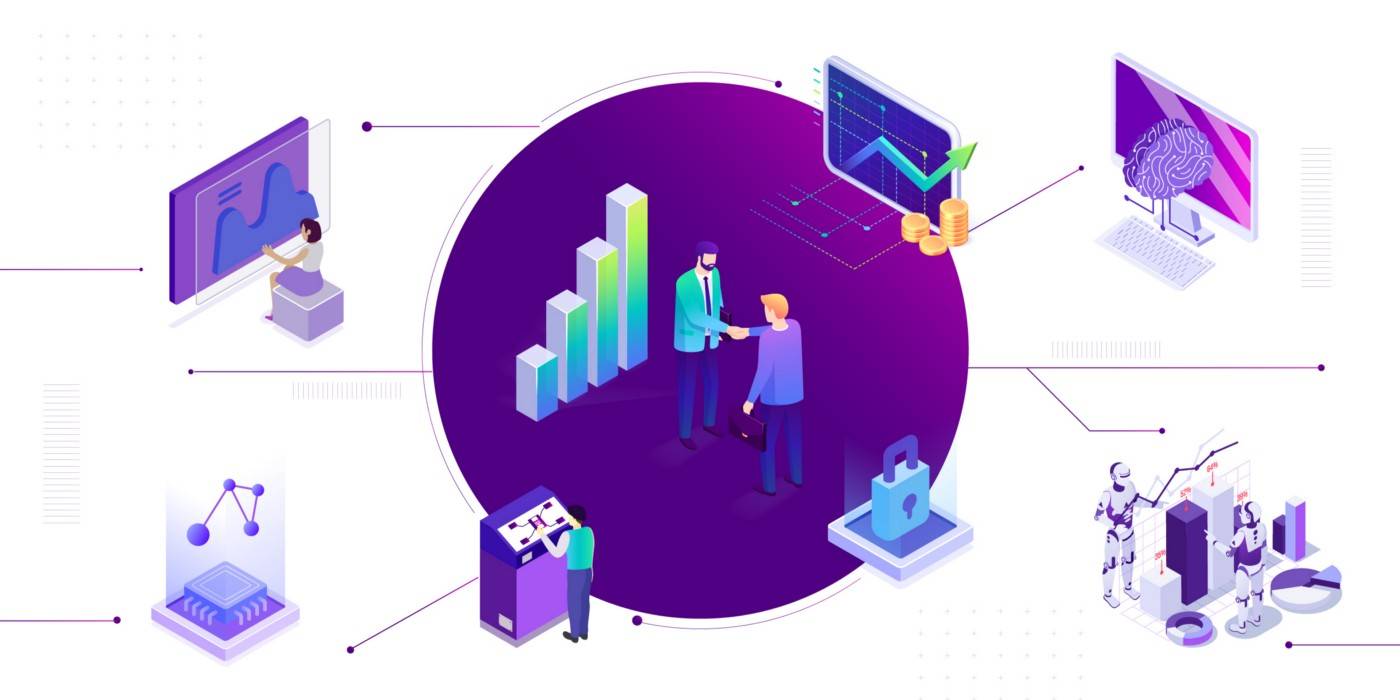Fintech is the coming together of financial services and technology. Today, innovative financial technology has dramatically altered how we manage our funds. From quick loan apps to online investment platforms, fintech’s impact on all aspects of financial services is evident.
India is one of the world’s fastest-growing fintech markets. It is currently the third highest-funded fintech market in the world, with a fintech adoption rate of 87%, substantially higher than the global average of 64%. Increased technology access and favourable regulations in India support this rapid growth.
This blog will dive into the evolution of Indian fintech and closely examine its impressive journey.
Early stages of fintech in India
India’s fintech industry started to take off around the middle of the 2000s. During this time, online payment and banking services saw an exciting surge. As time passed, mobile wallets began to take shape, providing a practical and safe alternative to physical cash transactions.
Many of us use e-wallets today to make purchases and pay bills. Indians have also enthusiastically embraced innovative solutions like UPI, the Bharat Bill Payment System, Buy Now Pay Later (BNPL), etc. Our analysis of payment patterns in India tells us that Indian households make 35% of their transactions digitally.
However, things weren’t always easy for early fintech startups. They overcame several obstacles, including gaining user trust and managing intricate laws. But these challenges also provided innovation opportunities, laying the groundwork for the fintech industry we have today.
Regulatory landscape and policy changes
India’s seamless shift to digital finance would not have been possible without the solid foundation of public digital infrastructure (such as the Aadhar and UPI). The supporting laws implemented by regulatory bodies like RBI, IRDAI, and SEBI made this journey smoother.
Government initiatives like Startup India, Digital India, and E-RUPI have also worked well in fostering a digital culture in India. Similarly, granting licenses to payment banks and implementing programs like Jan Dhan Yojana has also had a positive impact.
The evidence of this development can be seen in India’s UPI transactions. In May 2023 alone, it reported a monthly transaction of over 9 billion!
Rise of peer-to-peer lending platforms
A fintech product gaining rapid traction in India is peer-to-peer (P2P) lending. Thanks to P2P, users can now borrow and lend money without going to banks. Borrowers can apply for loans online by giving out their financial information. Interested lenders will connect and set the collateral requirement based on risk indications.
Investors are drawn to peer-to-peer lending because of its higher rates and selection of investment opportunities.
Several factors have impacted P2P’s development. Increased internet connectivity, growth in credit demands among consumers and small businesses, and advanced digital payments are a few of them. RBI has also helped it flourish by establishing clear rules for P2P lending platforms in 2017.
Mobile banking and the leapfrog effect
The widespread usage of smartphones, particularly in mobile banking, has significantly impacted the growth of fintech in India. Thanks to this technology, financial services are now more broadly available, even to disadvantaged people. Those who previously lacked access to traditional banking services can now easily manage their finances.
In rural India, there are amazing success stories of how mobile banking has given people more power. Village farmers can now get immediate payment for their produce, transferred directly into their bank accounts. They no longer need to travel far with money.
Integration of artificial intelligence and big data
AI and Big Data have enhanced digital finance to a large extent. Many fintech solutions leverage AI to develop smart applications that provide accurate projections. Big data enhances these forecasts by analysing a vast amount of data. Their combination helps businesses personalise financial services and improve customer satisfaction.
AI also enhances fraud detection to safeguard transactions. By employing AI and Big Data, financial organisations may provide their customers faster, safer, and more customised banking experiences.
Blockchain and cryptocurrency impact
Blockchain is another technology that has the potential to reshape the financial sector. It’s a digital ledger that allows secure and immutable recording of transactions. Banks are embracing this technology to revolutionise money transfers and transaction records.
Cryptocurrencies like Bitcoin are integral to this shift, presenting both opportunities and challenges in India. While they can offer better financial inclusion and faster cross-border transactions, there are concerns regarding the misuse of the technology.
The government and financial service providers need to take a balanced approach to harness the potential of this technology without compromising on the security factor.
The role of fintech in financial inclusion
At the heart of India’s fintech evolution lies its crucial role in ensuring financial inclusion for all. The collaboration of finance companies and government schemes like the Pradhan Mantri Jan Dhan Yojana has created more than 430 million new bank accounts.
Beyond numbers, fintech fosters inclusion by offering digital payment solutions, making transactions accessible even in remote areas. For instance, digital wallet apps provide rural villagers with convenient money management.
With its innovative approaches and partnerships, fintech is breaking down barriers, extending financial services to the underserved, and propelling the nation toward comprehensive economic growth.
Fintech and traditional banking collaboration
Fintech startups and banks are now working together, evolving from competitors to collaborators. Many banks now partner with fintech companies to offer digital payment apps and online services.
These partnerships have sparked innovations like mobile banking and robo-advisors. This teamwork has transformed banking, making it more accessible and user-friendly. The blend of traditional banking wisdom and fintech’s tech-savviness has reshaped the financial landscape for the better.
The future of the Indian fintech ecosystem
As we gaze into the future of India’s fintech scene, it’s clear that the evolution we’ve witnessed is just the beginning. While we’re already seeing a rise in BNPL, alternate financing methods, and Banking-as-a-Service (BaaS), their evolution will likely make financial services more seamless in the future.
One trend that ecommerce platforms are moving towards is embedded finance. Integrating financial services into traditionally non-financial platforms is poised to reshape how we interact with businesses. The embedded finance industry in India has grown by 45% CAGR to reach $5 billion in 2022. Globally, the industry is expected to increase tenfold by 2025. The future indeed looks promising!
Final words
Looking back, we’ve journeyed through the evolution of Indian fintech, witnessing the impact of powerful fintech solutions. Fintech has been more than a trend – it’s a force reshaping how we manage money. Exciting prospects await – blockchain, BNPL, BaaS advancements, embedded finance, and more.
The Indian fintech landscape is vibrant, accessible, and dynamic. This digital makeover holds the potential to create a financial world that’s seamless, inclusive, and tailored to our needs.

Amrita Konaiagari is a Marketing Manager at Plural by Pine Labs and Editor of the Plural blog. She has over 10 years of marketing experience across Media & Tech industries and holds a Master’s degree in Communication and Journalism. She has a passion for home décor and is most definitely a dog person.




